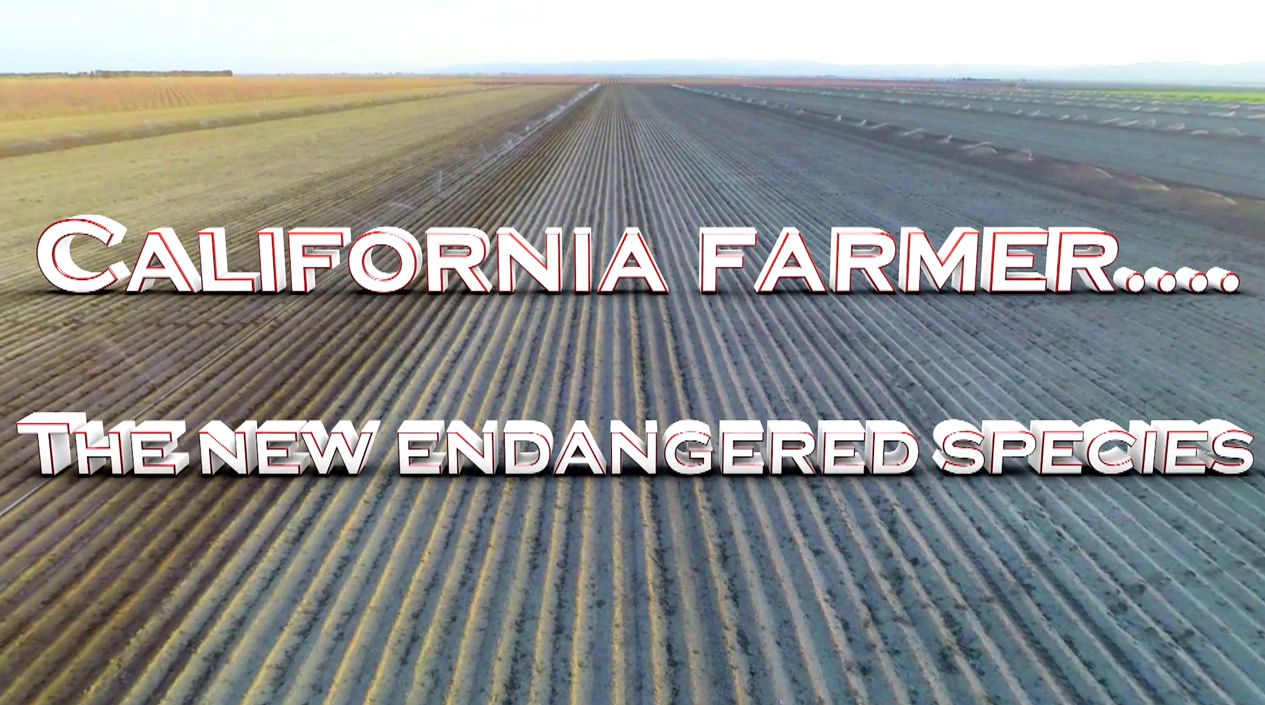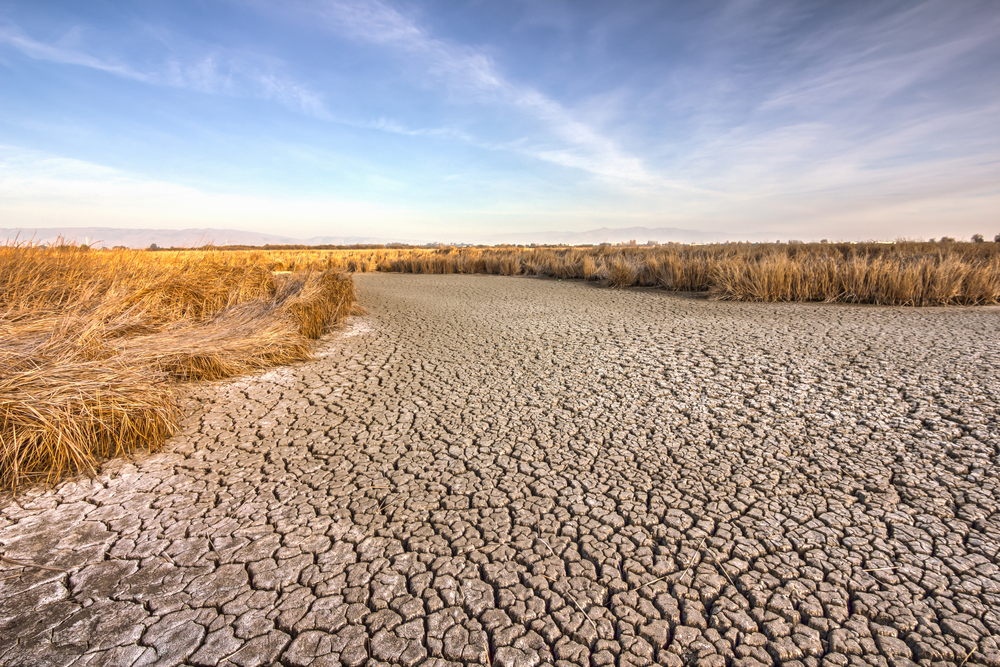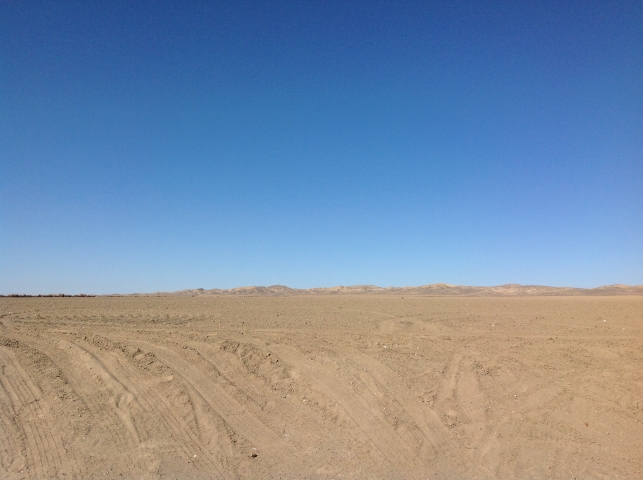California Water Cutbacks Are Not Saving Delta Smelt
U.S. Supreme Court to rule on ESA-mandated water curtailments to protect Delta Smelt regardless of the cost to humans and economy
A summary of the California Department of Fish and Wildlife (CDFW) Fall Midwater Trawl Survey (FMWT) reports the lowest index for Delta Smelt in the 48-year history of this survey. The FMWT is mandated by the Delta Smelt Biological Opinion for the coordinated operation of the Central Valley Project and the State Water Project.
Jason Peltier, Chief Deputy General Manager of the Westlands Water District, sees these results as the “latest evidence of a failed regulatory regime.”

According to the Memorandum, the FMWT annual abundance index is the sum of monthly indices from surveys conducted over the four months from September through December each year. During each monthly survey, one 12-minute oblique midwater trawl tow is conducted at each of 100 index stations used for index calculation and at an additional 22 non-index stations that provide enhanced distribution information.
The 2014 Delta Smelt index is 9, making it the lowest index in FMWT history. Delta Smelt abundance was highest in 1970 and has been consistently low since 2003, except in 2011.
Other fish also scored poorly. The 2014 age-0 Striped Bass index is 59, making it the third lowest index in FMWT history. Age-0 Striped Bass abundance was highest at the survey’s inception in 1967. The 2014 Longfin Smelt index is 16, making it the second lowest index in FMWT history. Longfin Smelt abundance was highest in 1967. The 2014 Threadfin Shad index is 282, which is the sixth lowest in FMWT history and the seventh in a series of very low abundance indices. Threadfin Shad abundance was highest in 1997. The 2014 American Shad index is 278, which is the second lowest in FMWT history and only slightly higher than the 2008 index of 271. American Shad abundance was highest in 2003. (Figures 2 through 6, below, illustrate these indices.)
In, “Delta smelt legal battle heads to Supreme Court,” published Wednesday in the LA Times, reporter David Savage, stated, “The delta smelt may be a small fish with a short life, but it has spawned a decades-long legal battle over water in California. At issue has been a series of orders under the Endangered Species Act that at times reduce water deliveries from the Sacramento-San Joaquin River Delta to San Joaquin Valley growers and urban Southern California.”
Citing the severe state drought, the article reports that the Metropolitan Water District of Southern California attorneys are asking the U.S. Supreme Court to reconsider a strict federal rule from the 1970s that calls for curtailing the water diversions to protect the threatened delta smelt and other imperiled species regardless of the cost to humans and the economy.”
Lawyers for the Natural Resources Defense Council (NRDC) and U.S. Solicitor Gen. Donald Verrilli Jr. urged the court to turn down the appeals, the article states, saying the 9th Circuit was correct in saying Fish and Wildlife officials must take reasonable steps to protect an endangered species, regardless of the economic effect.
Kate Poole, an NRDC attorney, said the water agencies have “a long history of exaggerating the impacts “of protecting endangered fish in the delta, including Chinook salmon,” per the LA Times. “The underlying problem in California is that our demand for water consistently exceeds our supply, even in non-drought years,” she said. “Wiping out our native fisheries will not solve this problem.”
In response to the NRDC comments, the California Farm Water Coalition electronically published the following Today:
Kate Poole’s remarks, that farmers have exaggerated the impacts of ESA-based water supply cuts, would be insulting to the thousands of farmers, farmworkers, and local business owners who face not just bankruptcy, but the loss of their way of life. Hundreds of thousands of acres of farmland have been permanently fallowed. Farmers have switched to higher value crops to justify higher costs for reduced water supplies. Farmworkers have moved away, seeking employment because of job losses in communities like Firebaugh, Mendota and Huron.”
Communities were developed on the faith that was placed in the federal government to keep its promise to deliver reliable supplies of water through the Delta. While the impacts of reduced water supplies seem insignificant to the lobbyists and lawyers from the kinds of powerful environmental organizations represented by Poole, for those whose very livelihoods are dependent on this water it is a constant struggle.
















 Westlands Water District General Manager Thomas Birmingham issued the following statement on the drought bill passage:
Westlands Water District General Manager Thomas Birmingham issued the following statement on the drought bill passage:






